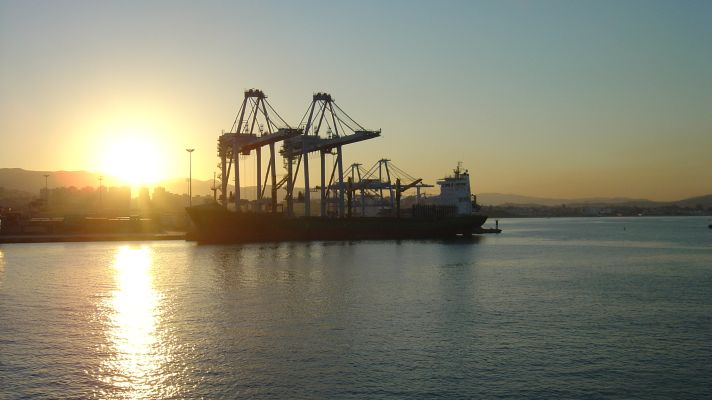Uncertainty seems key, when it comes to the impact the coronavirus will have on shipping. Lloyd’s List tried to make some sense of the situation in a webinar, but according to Markets Editor Michelle Wiese Bockmann ‘the fullest picture may only emerge once the worst is over.’
The coronavirus pandemic is ‘affecting every aspect of international shipping and is very much a fluid situation,’ says Lloyd’s List Managing Editor Richard Mead in the webinar. Goal of the webinar which took place 26 March was to provide a data led view on the situation.
Michelle Wiese Bockmann, Markets Editor, Lloyd’s List and Lloyd’s List Intelligence also stresses that ‘Every day estimates are torn up and revised as each new twist of the coronavirus outbreak is revealed.’ She expects ‘the fullest picture may only emerge once the worst is over’ and calls this ‘the only silver lining’ in the situation.
No growth, decline uncertain
The International Monetary Fund (IMF) expects a recovery in 2021. Christopher Palsson, Head of Consulting at Lloyd’s List Intelligence, agrees with this view. ‘Trade will not grow in 2020. Whether the full year will show a decline like ten years ago, is still too early to say with any certainty. But there is a bit of hope.’
Fewer port calls, bigger ships
When looking at the data available now, Palsson sees that there are not as many port calls, but capacity is back and much of the activity has recovered in China. And despite fewer port calls, many container shipping companies are in the process of upscaling and deploying larger vessel on many routes, meaning that capacity is maintained.
Recovery depends on getting in control of the virus
His 2020 outlook now is that ‘we can expect a recovery at the end of the second or in the third quarter, but zero growth for total seaborne trade. We may have to revise this should the virus outbreak last longer than hoped.’
Palsson adds: ‘If under control within next one-two months, than a strong recovery waits around the corner. We already had a bit of growth in January and may see a rebounce in the second half of this year. The challenge is that for every day we are in a lock down situation, capital and businesses are destroyed.’
V- or U-shaped recovery
A V-shaped recovery with everything up and running in Q3 would be a best-case scenario, according to Palsson. But he expects it will probably be something in-between a V- and U-shaped recovery somewhere half way through this year. Neither Palsson nor Meade currently expect a worst case scenario, an L-shaped version, that is no recovery at all, at this time.
‘We should see the first signs of recovery by the end of May, particularly in China,’ says Palsson. ‘Experience from the past is that a rebounce is usually quite dramatic. Because we have a lot of cargo that has been stashed up in ports that needs to be shifted out for example and need to redistribute empty containers with too many in one place and a lack of them in another. Once we start moving slightly, it is going to be easing up quite rapidly.’








